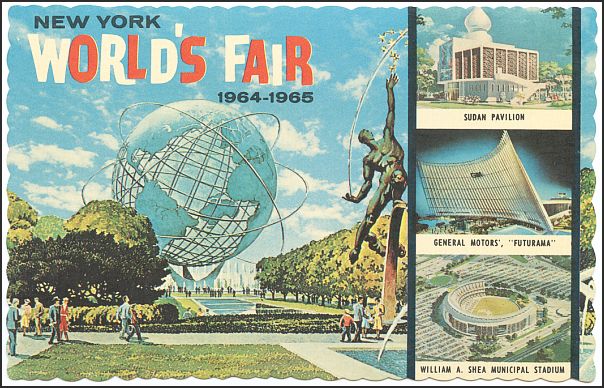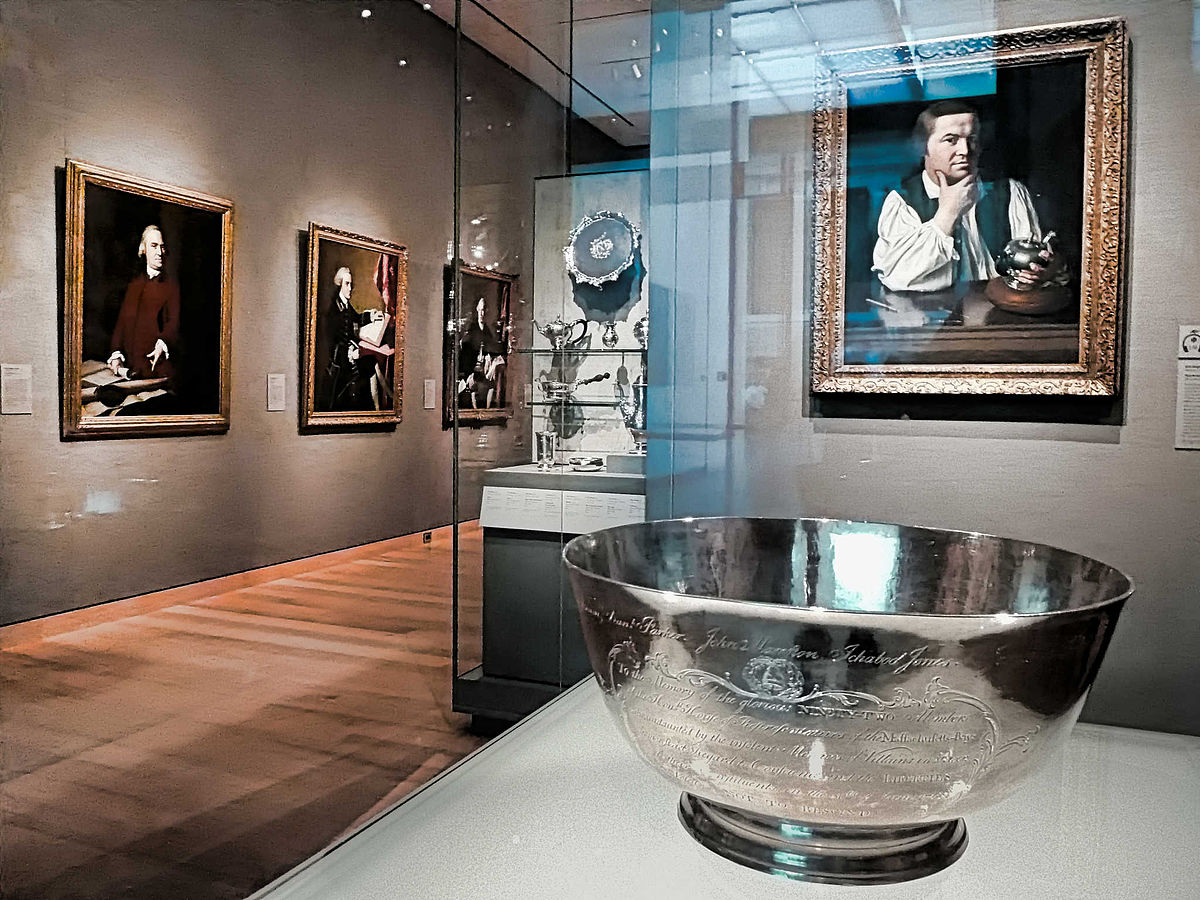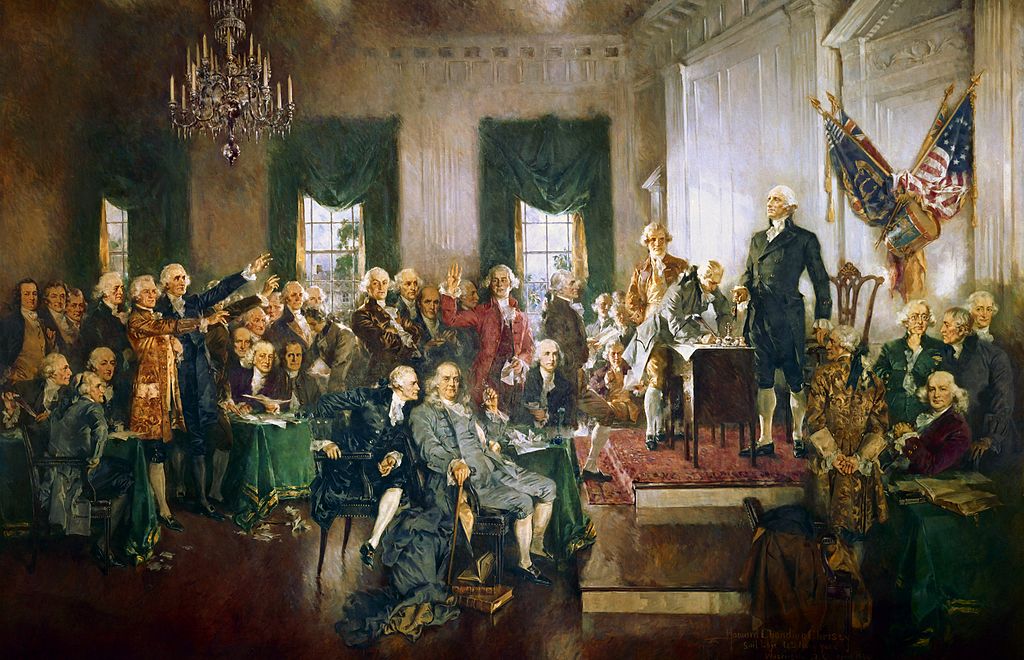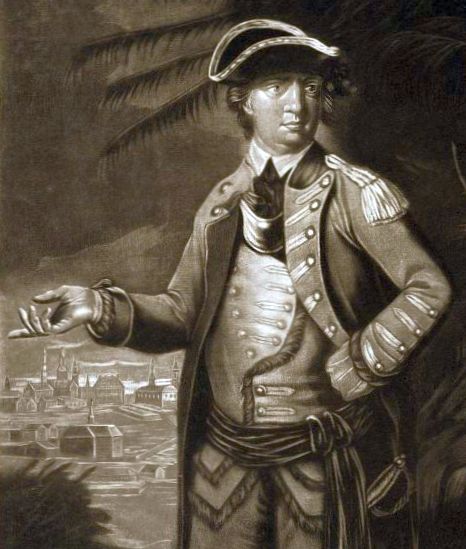April 2017
Thirty years ago this week, rumors began circulating about the supposed extramarital affairs of Sen. Gary Hart, the leading candidate for the 1988 Democratic nomination for President.
In response, Hart challenged the media. He told The New York Times in an interview published on May 3, 1987, that they should follow me around. . . . They’ll be very bored. As the NBC anchor John Chancellor explained a few days later, "We did. We weren’t."
Seldom if ever has a major presidential candidacy crashed and burned so quickly. On May 8, 1987, a mere five days after issuing his challenge, the Colorado senator withdrew as a candidate. He would reenter the race the following December, but he would then withdraw a second time after winning just 4 percent of the vote in the New Hampshire primary in February 1988. His political career was over.
Eighty-seven years ago, on April 28, 1930, most of the country was mired in unhappiness and worry. The stock market had crashed just six months before, and the Great Depression was only just beginning. But one American entered this uncertain time with unflappable pluck: Nancy Drew.
By rights, New York City should be in the midst of planning a new world’s fair. In fact, it’s long overdue. The city broadsided the Great Depression with the 1939 World’s Fair and saluted the nuclear age with a fresh edition that opened 53 years ago today, on April 22, 1964.
Since then, world’s fairs have largely gone out of style, replaced, perhaps, by the televised sense of community offered by the biennial Olympic Games. World’s fairs were never on a schedule, though. Whenever a city felt the urge, it invited the world in for a massive show-and-tell (and eat), and the result was a notch in the memory of anyone who attended.


Alan Taylor, in his recent American Revolutions: A Continental History, provides an important international context for the War for Independence, a perspective that is too often lacking in general discussions about the conflict. Taylor weaves the perspectives of France, Spain, and the various Native tribes into a sweeping narrative that continues through the period into the early Republic as Jefferson's "empire of liberty" expands to the west and sets the stage for later events. The book is a sort of "prequel" for Taylor's previous book, The Civil War of 1812, about the important and under-studied War of 1812. Taylor is the Thomas Jefferson Professor of History at the University of Virginia, has twice won the Pulitzer Prize for History, and was a finalist for the National Book Award. He previously wrote about Pontiac's War for American Heritage.
May not a man have several voices, Robin,
as well as two complexions?
—NATHANIEL HAWTHORNE, from “My Kinsman, Major Molineux”
Unlike Saratoga or Yorktown, the battle of Monmouth was not a clear-cut American victory. After a long, difficult day of fighting, the British surprised the rebels by abandoning their positions before the following dawn, and later claimed victory because their orders had been to march from Philadelphia to New York with their army and supplies intact, which they did. The authors of Fatal Sunday make a persuasive argument, however, that Monmouth was critical to the success of the Revolution and a decisive turning point in the career of George Washington.
--the Editors
The Battle of Monmouth was fought on Sunday, 28 June 1778. The bulk of the action took place just outside the village of Monmouth Court House (modern Freehold), New Jersey, the seat of Monmouth County. It was one of the largest battles in the War for American Independence, was the longest single day of combat, and marked the effective end of British efforts to achieve a military victory in the northern colonies.

As the Constitutional Convention came to a close on September 17, 1787, Benjamin Franklin offered two observations on its proceedings. First, he noted that “when you assemble a number of men to have the advantage of their joint wisdom, you inevitably assemble with those men, all their prejudices, their passions, their errors of opinion, their local interests, and their selfish views.” Second, Franklin thought that, in light of this inevitability, it was astonishing “to find this system [the Constitution] approaching so near to perfection as it does.”

We all know the story: how a defiant and undisciplined collection of citizen soldiers banded together to defeat the mightiest army on earth. But as those who lived through the nearly decade-long saga of the American Revolution were well aware, that was not how it actually happened.
The real Revolution was so troubling and strange that once the struggle was over, a generation did its best to remove all traces of the truth. No one wanted to remember how after boldly declaring their independence they had so quickly lost their way; how patriotic zeal had lapsed into cynicism and self-interest; and how, just when all seemed lost, a traitor had saved them from themselves.
“No one ever wrote American history with more easy grace, beauty, and emotional power or greater understanding of its meaning than Bruce Catton,” writes Oliver Jensen, the former editor of American Heritage, in his introduction.
